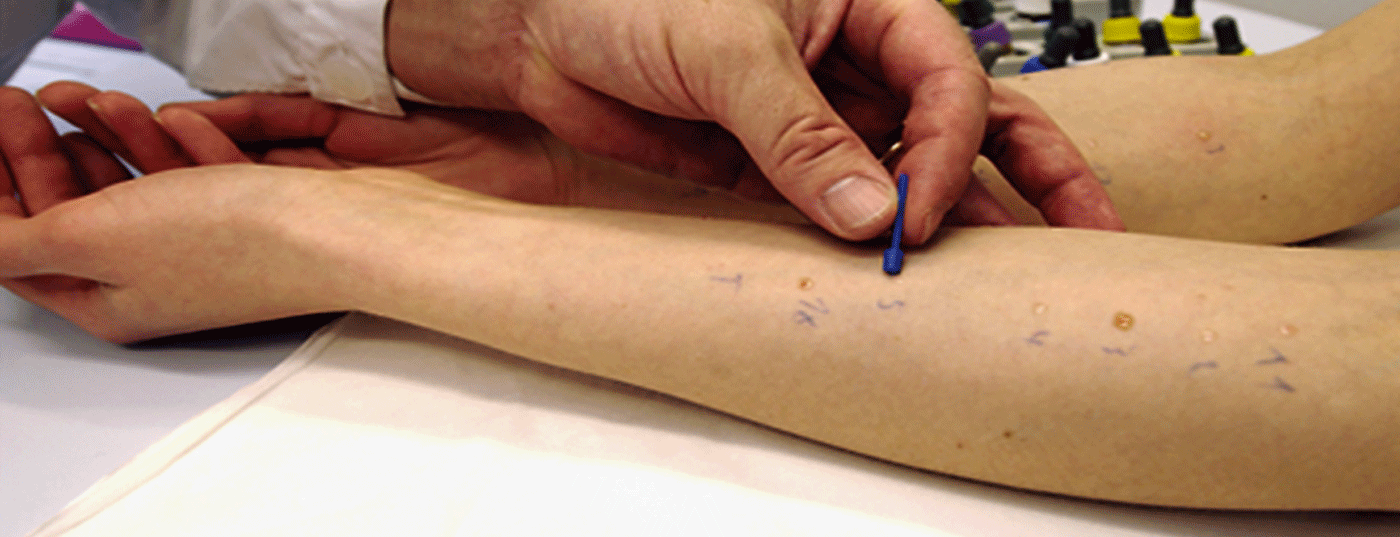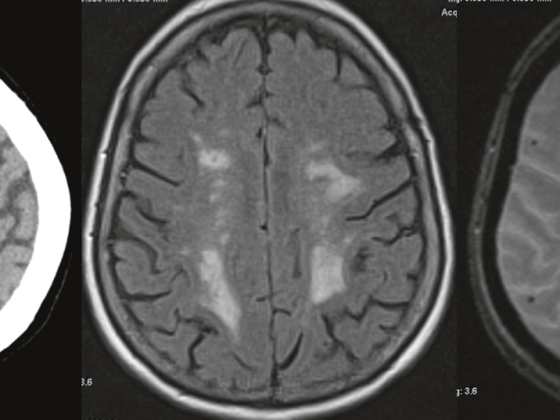April 7-13 is once again the annual World Allergy Week, organized by the World Allergy Organization (WAO) together with 95 national member societies. The theme this year: “Anaphylaxis – When allergies become serious and fatal”.
(ag) The most common triggers of anaphylaxis are foods, medications, and insect stings. Unless the systemic reaction, which may consist of skin and mucosal symptoms, respiratory or cardiovascular and abdominal problems, for example, is properly addressed, the worst-case scenario is death [1,2].
Information is crucial
According to Lanny Rosenwasser, president of WAO, anaphylaxis does not have to be fatal at all, as long as those affected and those around them know how to respond in such an emergency. Therefore, the healthcare professionals must be well informed about the possible symptoms, positioning of the patient and the administration of epinephrine. “People with allergen hypersensitivity should also seek regular education from their allergist about the risk of anaphylaxis and information on how to act in such a case (e.g., auto-injections),” Rosenwasser said. In particular, those individuals who are at high risk for severe forms of anaphylaxis, for example, due to asthma, coronary artery disease, or problems with blood pressure, need to discuss potential triggers as well as lifestyle strategies to reduce risk with their physician.
A week to raise awareness
WAO is therefore committed to providing resources for information, knowledge, and prevention in the therapeutic area of anaphylaxis. Many of WAO’s national member societies are organizing local events and activities to address the issue during World Allergy Week 2014. They are aimed at those affected, but also at medical professionals. All interested parties can participate by contacting their national allergy societies.
All activities and further information on www.worldallergyweek.org
Source: Media release dated March 19, 2014
Literature:
- Simons FER, et al: World Allergy Organization Guidelines for the Assessment and Management of Anaphylaxis. World Allergy Organization Journal 2011; 4: 13-17.
- Lockey RF, et al: “Anaphylaxis”, Section 2.5 in WAO White Book on Allergy Update 2013, Pawankar R, et al. (eds.) World Allergy Organization, 2013; 48-53.
DERMATOLOGIE PRAXIS 2014; 24(2): 41











